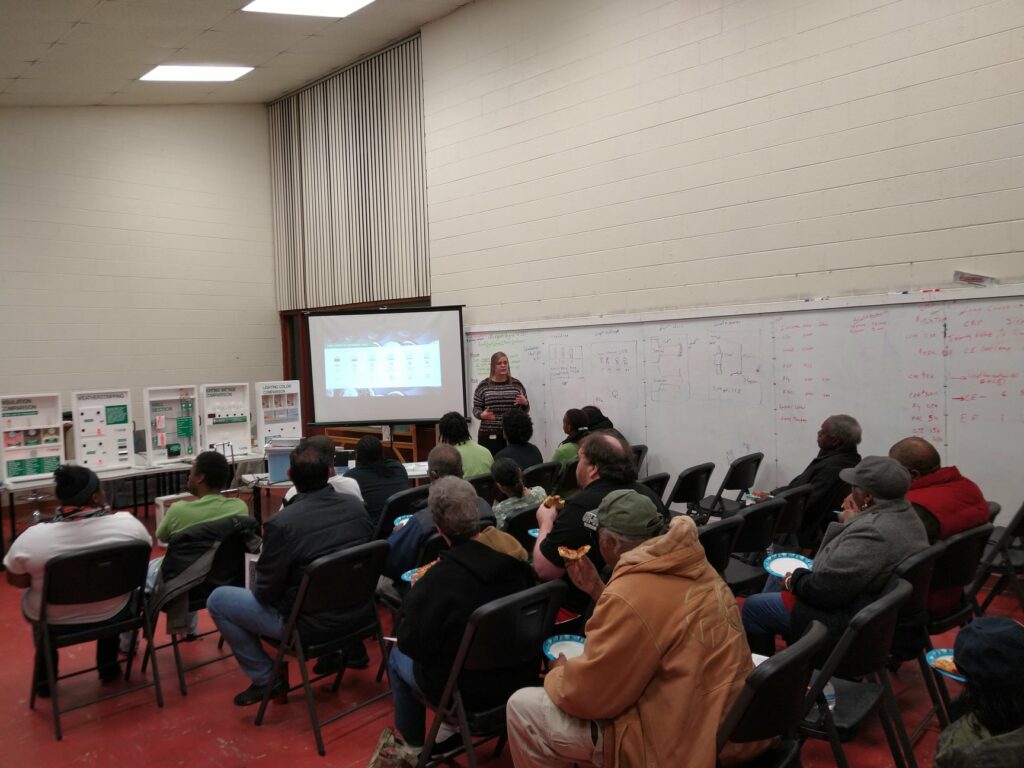Knoxville’s long term commitment to energy efficiency and developing equity partnerships pays dividends for struggling residents
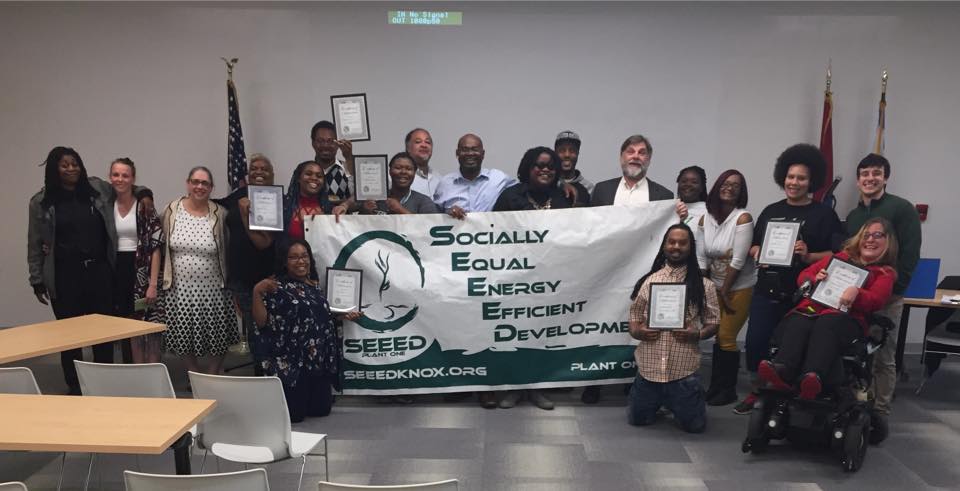 As any local government official knows well, strong community partnerships aren’t developed overnight. Establishing ties that yield meaningful impacts takes time to cultivate and a commitment to shared goals.
As any local government official knows well, strong community partnerships aren’t developed overnight. Establishing ties that yield meaningful impacts takes time to cultivate and a commitment to shared goals.
The City of Knoxville knows a thing or two about what it takes to form a solid partnership and, through their long term commitment to equity-centered work, they’ve been on a decade-long journey to find and work with the right organizations to best equip lower-income communities to save money on utility costs. The City's success highlights the need for cultivating community partnerships to optimize impacts.
“At the core of this work is our belief that no family should have to choose between paying their utility bill and buying food, medicine, or paying their rent,” said Brian Blackmon, Sustainability Director for the City of Knoxville. “This has always been our focus.”
Knoxville’s journey to provide weatherization and other utility efficiency tools to these communities is one the City is still on, keeping an eye toward learning from each engagement, and leveraging their experiences to further strengthen partnerships with equity-centered groups and improve outcomes. Over the years, Knoxville achieved success by identifying how to best meet community needs, harvesting lessons learned from their work, and prioritizing their time and resources on cultivating and growing partnerships.
Engaging front line communities to identify the need
Energy efficiency isn’t a new concept, but it’s one that’s received renewed attention in recent months as the federal government and several states have established carbon goals. These goals signal important progress toward expanding the use of renewable energy and decarbonizing the power sector. While there are a multitude of programs for which underserved populations may benefit, energy efficiency has long-been a right-here-right-now opportunity for lower-income communities - and all ratepayers - to reduce energy use and lower power bills. After all, the cheapest and most carbon-free energy is the energy we don’t use.
“We knew right from the beginning that the best outcomes would be achieved only if the communities we were trying to help were involved in the process,” said Blackmon. “Our partners were the ones with the relationships and networks to make that happen.”
For this project, those partnerships allowed the City to get insights and input from front line community members that indicated residents wanted tools to empower them to have control of their own power bills. Residents wanted low- and no-cost energy saving measures that would allow them to manage how they participated in their personal energy efficiency transition.
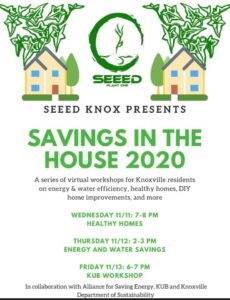 Working alongside the Smarter Cities Partnership, the City of Knoxville and community partners collaboratively pursued funding to meet the need. A grant was secured in 2014, which was used to pilot a program called Savings in the House (SITH), an energy efficiency outreach campaign designed precisely as community input dictated: educating lower-income Knoxville residents on how to adopt low- and no-cost energy-saving habits to put them in the driver’s seat when it came to their energy use.
Working alongside the Smarter Cities Partnership, the City of Knoxville and community partners collaboratively pursued funding to meet the need. A grant was secured in 2014, which was used to pilot a program called Savings in the House (SITH), an energy efficiency outreach campaign designed precisely as community input dictated: educating lower-income Knoxville residents on how to adopt low- and no-cost energy-saving habits to put them in the driver’s seat when it came to their energy use.
Learning and listening to optimize results
As Savings in the House was piloted, additional partnerships were leveraged. The Tennessee Valley Authority (TVA) had just announced funding for the Knoxville Extreme Energy Makeover (KEEM) program, pairing occupant education and engagement with weatherization improvements in low-to-moderate income Knoxville homes. With insights from the SITH pilot, the education component of SITH was folded into the KEEM program, and approximately 1,300 homes were weatherized, with more than 1,700 participants and community members participating in SITH workshops in a two-year timeframe.
But as the programs were underway, new challenges and needs became clear, requiring the City to flex and incorporate what they were hearing from and seeing in the communities they were serving. The program’s focus would need to be expanded to meet the need.
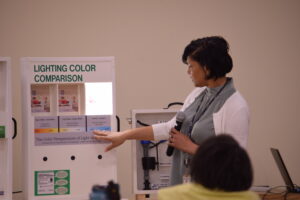 As they implemented SITH, program coordinators embedded with the City’s network of community partners were seeing that, like energy inefficiency, water inefficiency was driving up utility bills, which, for some families, was leading to financial vulnerability, debt, and even homelessness. Water inefficiency was also contributing to unhealthy and unsafe housing conditions that can cause and exacerbate medical issues that negatively impact health. Knowing that the overall negative impacts of energy- and water-inefficient and unhealthy homes worsens under extreme temperatures and other climate-related hazards, Knoxville recognized a different path was needed to more fully and comprehensively address the needs of Knoxville’s low-income residents and other vulnerable populations. They would need to expand SITH to include not just energy efficiency, but also water efficiency.
As they implemented SITH, program coordinators embedded with the City’s network of community partners were seeing that, like energy inefficiency, water inefficiency was driving up utility bills, which, for some families, was leading to financial vulnerability, debt, and even homelessness. Water inefficiency was also contributing to unhealthy and unsafe housing conditions that can cause and exacerbate medical issues that negatively impact health. Knowing that the overall negative impacts of energy- and water-inefficient and unhealthy homes worsens under extreme temperatures and other climate-related hazards, Knoxville recognized a different path was needed to more fully and comprehensively address the needs of Knoxville’s low-income residents and other vulnerable populations. They would need to expand SITH to include not just energy efficiency, but also water efficiency.
“The invaluable insights gleaned from community partners are what informed our new path,” said Blackmon. “Our partners’ feedback from the field resulted in the creation of an overall better program that met more needs for more people.”
The addition of the healthy and resilient home education program comprehensively addressed the monthly cost and health issues residents were experiencing. Ultimately, being open to community feedback led the City to incorporate water efficiency, improving Knoxville’s already-successful Savings in the House campaign, empowering lower-income residents to reduce more of their monthly utility costs, and improve home health through better usage habits and low-cost home upgrades.
Prioritizing partnerships for the long haul
The City of Knoxville has a long history of community engagement with equity partners, which has been critical to their success with energy- and water-efficiency programs.
Having partners with community-based relationships was critical to ensuring the City was meeting the right needs for the right people at the right time. Knoxville’s energy- and water-efficiency programs have been successful because of the partners in the field using their existing inroads to front line community members, making sure at each step of the way that the City was solving for the right problems in helpful ways.
Partner insights also helped inform and execute on how the programs would be most effectively communicated to those it sought to assist. With the Socially Equal Energy Efficient Development program’s (SEEED) help, for example, it was identified that door-to-door campaigns and an online video series were effective ways to spread the word. And community organizations recognize the mutually beneficial impacts of working with the City, too.
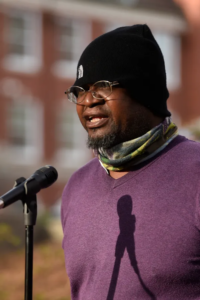
Stan Johnson, Executive Director, SEEED Knoxville
“Working alongside the city using SSDN funding, SEEED has been provided with a platform to bring the community’s issues to the table,” said Stan Johnson, Executive Director of SEEED. “Leveraging the city’s support and collaboration has presented us with an opportunity to further expand the positive impacts of this education campaign, as the demonstrated partnership with Knoxville helped us secure federal funding to continue this important work.”
The proof is in the pudding
The proof is in the pudding, as the saying goes. Since its inception, SITH has helped achieve dual goals of deepening partnerships and advancing existing programs. The program has engaged over 2,000 mostly lower-income Knoxville residents through workshops, door-to-door neighborhood canvassing, and community events.
Focusing on partnerships has been the central ingredient to the City’s recipe for success, leveraging those community relationships and networks to ensure the right problems and solutions were identified, to highlight feedback along the way and inform program tweaks, to reach front line community members effectively and, ultimately, to achieve the goal of equipping people with tools to manage their utility costs.
“If local governments haven’t already gotten engaged with equity partners, it’s time to have a strategy,” said Blackmon. “It’s all about prioritizing community relationships, and there isn’t a blueprint - there’s no cookie cutter approach. We got to this point through years of developing relationships, with lots of stops and starts along the way. It’s challenging work, but rewarding when you see meaningful outcomes.”
